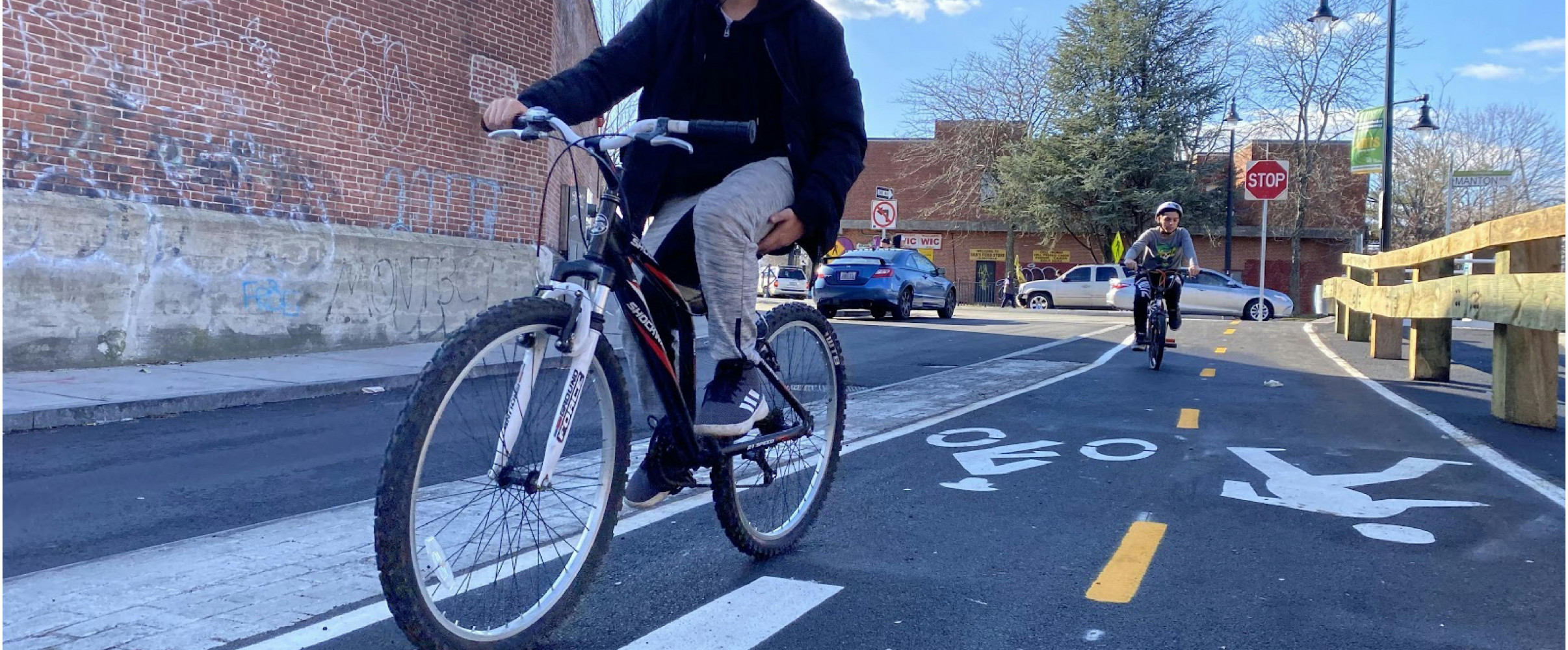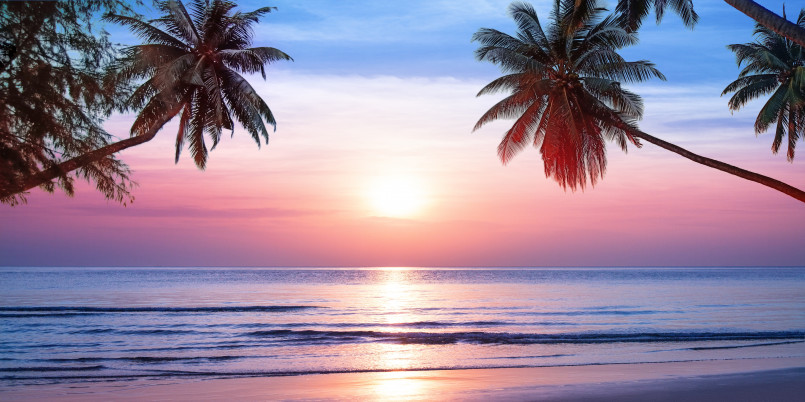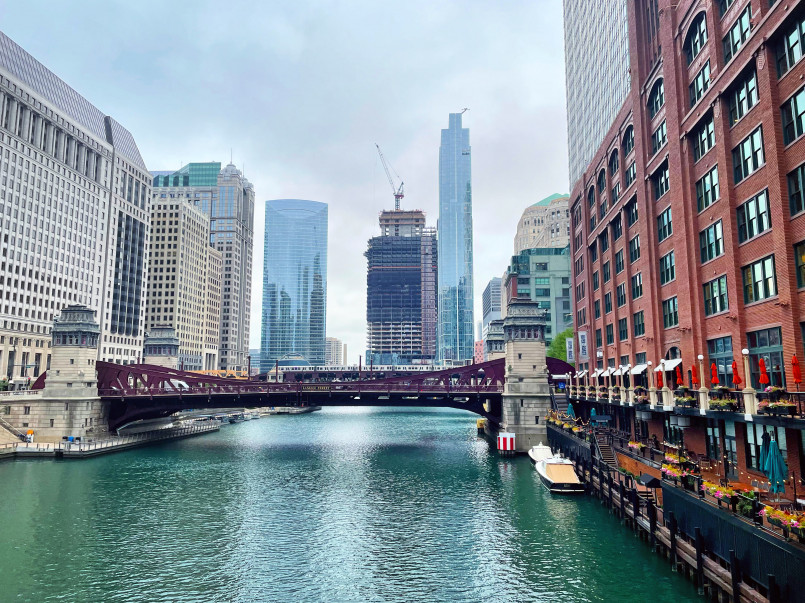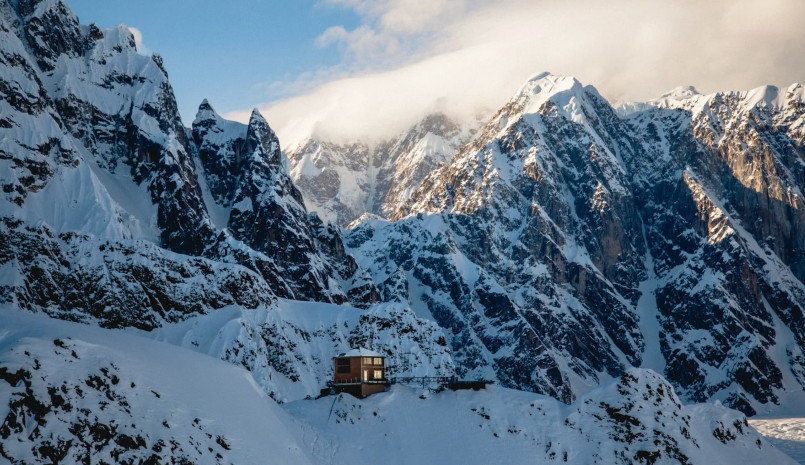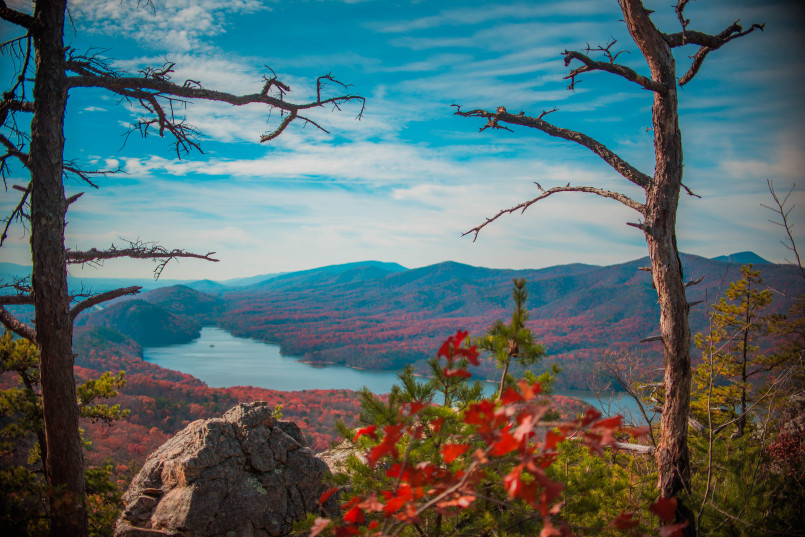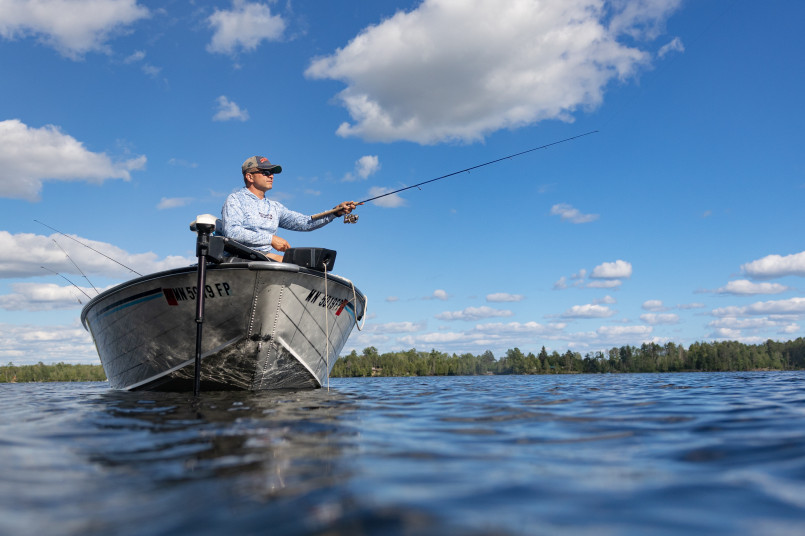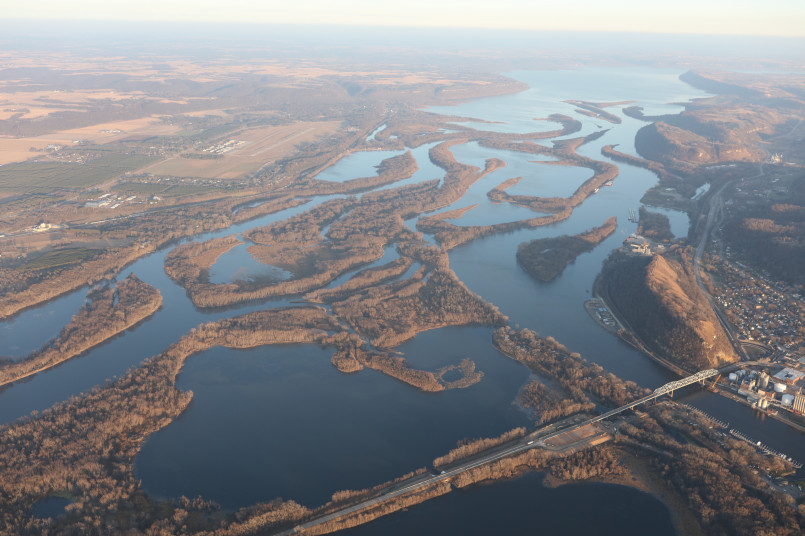America's most bike-friendly cities combine dedicated infrastructure, community support, and cycling-positive policies to create havens for two-wheel enthusiasts. From Portland's extensive network to Minneapolis's year-round dedication, these urban centers are transforming how Americans move through their communities.
The bicycle renaissance sweeping across America has transformed many cities into two-wheel paradises. As urban planners embrace sustainable transportation and residents seek healthier commuting alternatives, bike-friendly infrastructure has become a hallmark of progressive American cities. Whether you're a dedicated cyclist looking to relocate or simply planning a bike-centric vacation, these standout cities offer the best cycling experiences in the United States.
From extensive dedicated bike lanes to supportive cycling communities, these cities have invested significantly in making cycling not just possible but genuinely enjoyable. Let's explore the American cities leading the charge in bicycle friendliness, examining what sets them apart and why cyclists flock to these two-wheel havens.
What Makes a City Bike-Friendly?
Before diving into specific cities, it's important to understand what truly makes an urban environment conducive to cycling. The most bike-friendly cities share several key characteristics:
- Dedicated infrastructure: Protected bike lanes, off-street paths, and clear signage
- Connectivity: Routes that form cohesive networks rather than disconnected segments
- Bike sharing programs: Accessible bike rental options for residents and visitors
- Supportive policies: Laws that protect cyclists and encourage bike commuting
- Community engagement: Active cycling groups and regular cycling events
- Integration with public transit: Bike racks on buses, bike parking at transit stations
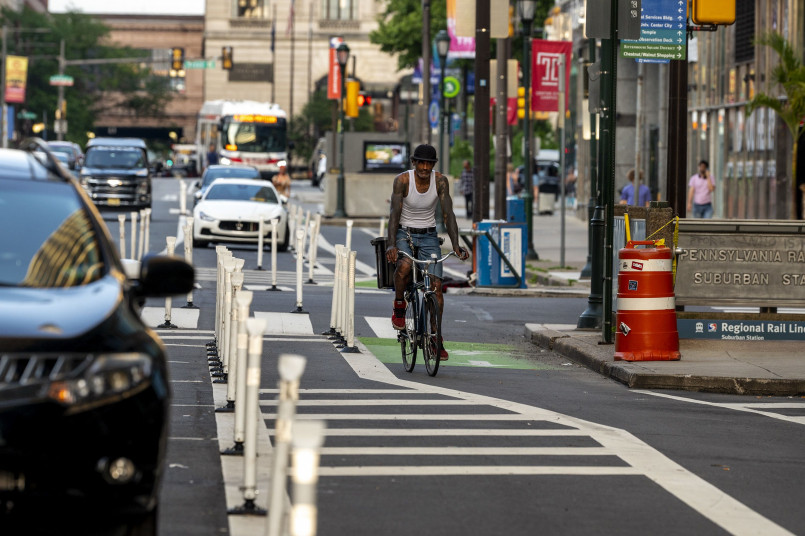
Portland, Oregon
Portland consistently ranks as America's premier cycling city, and for good reason. With over 385 miles of bikeways and a cycling mode share hovering around 6-7% (among the highest in the nation), Portland has created a cycling culture that permeates the city's identity.
The city boasts numerous bicycle boulevards - residential streets optimized for bicycle travel with traffic calming measures and intersection treatments. Portland's innovative infrastructure includes the Tilikum Crossing, a bridge exclusively for public transit, pedestrians, and cyclists - no private automobiles allowed.
Portland's cycling community thrives with events like Pedalpalooza, a month-long celebration featuring hundreds of community-organized bike rides. The city's bike-friendly businesses offer cyclists discounts, and specialized bike shops cater to every cycling niche imaginable.
Minneapolis, Minnesota
Perhaps surprising to outsiders, Minneapolis has established itself as a cycling powerhouse despite its harsh winters. The city's crown jewel is the Midtown Greenway, a 5.5-mile former railway corridor converted into a bike highway that provides grade-separated crossings at most intersections.
Minneapolis boasts over 16 miles of on-street protected bikeways and 98 miles of bike lanes. The city's commitment to winter maintenance keeps many routes bikeable year-round, with dedicated plowing ensuring cyclists can commute through the snowy months.
The popular Nice Ride Minnesota bike-share program offers convenient rental options throughout the city, further cementing Minneapolis as a cycling haven regardless of season.
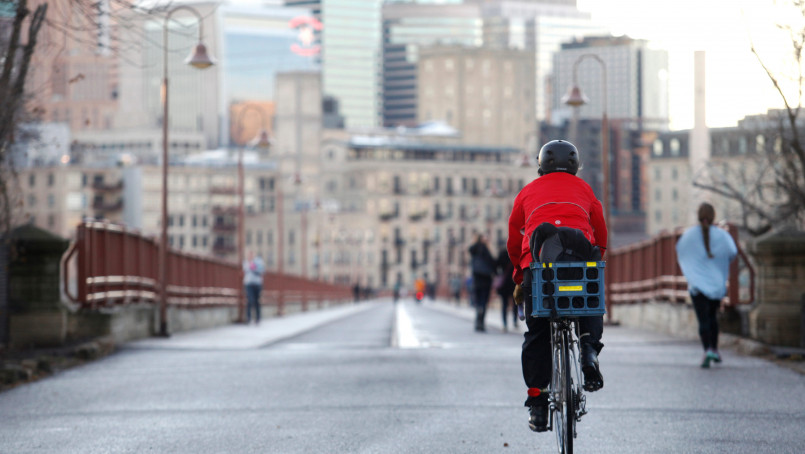
San Francisco, California
Despite its infamous hills, San Francisco has developed into one of America's most bike-friendly cities. The city has implemented innovative street designs including protected intersections and parking-protected bike lanes to create safer cycling conditions.
San Francisco's Market Street transformation banned private cars on a key downtown thoroughfare, prioritizing public transit, pedestrians, and cyclists. The city's bike-share program has expanded significantly, with thousands of bikes available throughout the Bay Area.
The San Francisco Bicycle Coalition, one of the largest and most effective cycling advocacy groups in the country, has been instrumental in pushing for infrastructure improvements and policy changes. The result is a city where cycling is increasingly viewed as a primary transportation mode rather than a recreational activity.
Boulder, Colorado
Boulder combines excellent infrastructure with breathtaking natural surroundings to create a cycling paradise. The city maintains over 300 miles of bikeways, including the renowned Boulder Creek Path that runs through the heart of the city.
Boulder's comprehensive transportation plan prioritizes cycling, with dedicated funding for bicycle infrastructure improvements. The city's bike-to-work participation rate consistently ranks among the highest in the nation, with approximately 10% of residents commuting by bicycle.
The city's bike-sharing program, BCycle, provides convenient access to bikes throughout Boulder, complementing the already robust cycling culture. With stunning mountain views and extensive recreational cycling opportunities just outside the city, Boulder offers the best of urban and natural cycling environments.
Davis, California
Davis holds the distinction of being the first American city to implement dedicated bike lanes back in 1967. This university town has built upon that pioneering spirit to create what many consider the model cycling community in the United States. An astounding 20% of residents commute by bike - the highest percentage in the nation.
The compact city layout, flat terrain, and mild climate create ideal cycling conditions, enhanced by over 100 miles of bike lanes and paths. Davis features innovative infrastructure like bicycle-only roundabouts and traffic signals specifically for cyclists.
The city's culture is deeply intertwined with cycling, from the bicycle as the official city symbol to the U.S. Bicycling Hall of Fame being located in downtown Davis. For cycling enthusiasts, Davis represents what's possible when a community fully embraces bicycle transportation.
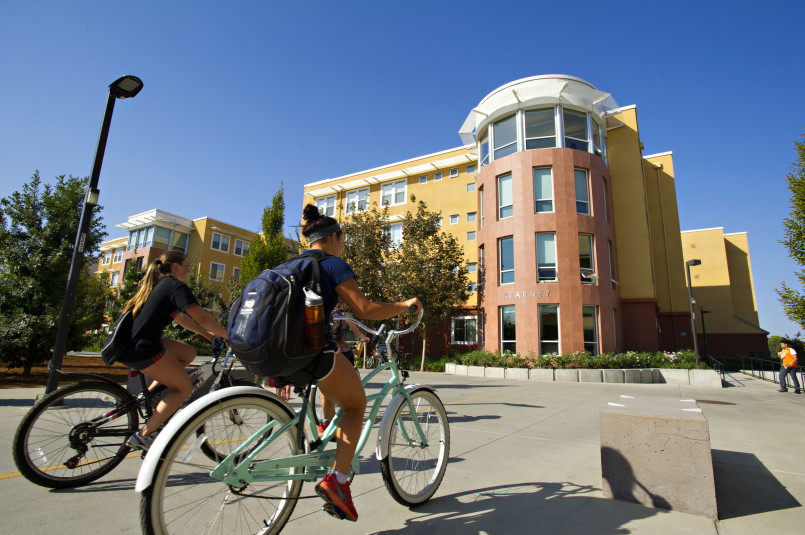
Seattle, Washington
Seattle has overcome significant challenges - including notorious hills and frequent rain - to become a cycling success story. The city has invested heavily in connected bike networks, with over 135 miles of bike lanes, neighborhood greenways, and multi-use trails.
The Burke-Gilman Trail provides a crucial cycling artery through the city, while Seattle's bike master plan continues to expand protected infrastructure. The city has also embraced e-bikes as a solution to its topographical challenges, with e-bike use growing rapidly.
Seattle's Bicycle Benefits program encourages cycling by offering discounts at participating businesses for cyclists, further incentivizing two-wheeled transportation. Despite its reputation for rain, Seattle's moderate temperatures allow for comfortable year-round cycling with the right gear.
Eugene, Oregon
Often overshadowed by Portland, Eugene deserves recognition as one of America's most bike-friendly small cities. Home to the University of Oregon, Eugene features over 150 miles of bike lanes and paths, including the spectacular Ruth Bascom Riverbank Path System.
Eugene pioneered several cycling innovations now seen nationwide, including bicycle signal heads and colored bike lanes at conflict points. The city's 20-minute neighborhood concept ensures that residents can reach daily necessities within a short bike ride.
The BikeLane Coalition and other advocacy groups maintain a strong presence, ensuring cycling remains a priority in transportation planning. With approximately 10% of commuters choosing bicycles, Eugene demonstrates how smaller cities can excel in bicycle friendliness.
Madison, Wisconsin
Wisconsin's capital boasts an impressive network of cycling infrastructure centered around its unique geography between two lakes. Madison features over 75 miles of bike paths and 120 miles of bike lanes, connecting neighborhoods, downtown, and the University of Wisconsin campus.
The city's crown jewel is the Capital City State Trail, which links to a larger regional trail system offering hundreds of miles of connected riding. Madison's BCycle bike share program provides convenient options for residents and visitors alike.
Like Minneapolis, Madison has embraced winter cycling with proper maintenance and a dedicated cycling population that rides year-round despite the cold Wisconsin winters. The city's commitment to cycling is evident in its platinum designation from the League of American Bicyclists.
Fort Collins, Colorado
Fort Collins combines excellent infrastructure with a strong cycling culture to create a standout bicycle-friendly community. The city's 280+ miles of bike lanes, trails, and paths create a comprehensive network that makes cycling practical for transportation and recreation.
The city's Bike Library and bike share program provide accessible options for those without their own bicycles. Fort Collins has implemented numerous low-stress bicycle facilities like protected bike lanes and neighborhood greenways to make cycling comfortable for people of all ages and abilities.
Fort Collins' FC Bikes program runs frequent educational workshops and events, including the popular Open Streets initiatives that temporarily transform streets into car-free community spaces. The result is a city where cycling is deeply integrated into daily life.
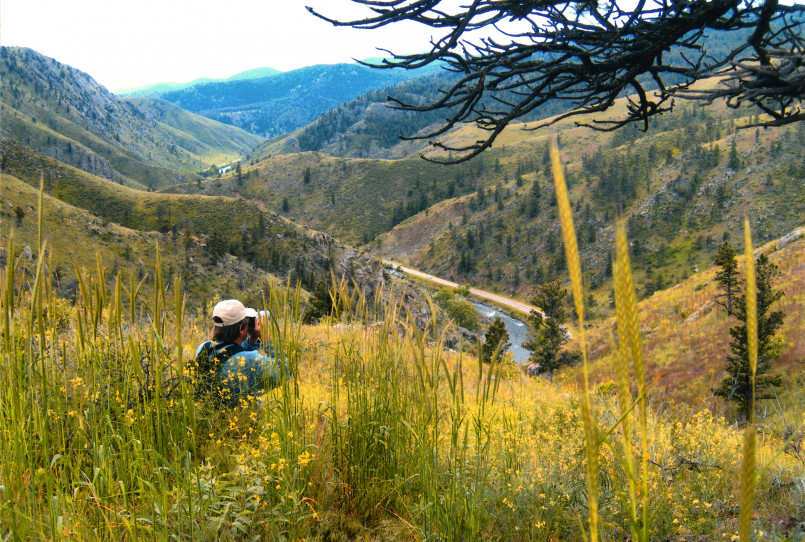
Tucson, Arizona
Tucson leverages its flat terrain and sunny weather to create an exceptional cycling environment in the Southwest. The city's standout feature is The Loop, a 131-mile network of shared-use paths that encircles the city and connects to parks, trailheads, and urban centers.
Tucson's cycling culture is enhanced by the presence of professional cyclists who train in the area during winter months. The city hosts El Tour de Tucson, one of the largest perimeter cycling events in the United States, attracting thousands of participants annually.
The Bicycle Boulevard network creates low-stress routes through residential areas, complementing the more robust infrastructure on major arterials. With over 1,000 miles of designated bikeways, Tucson provides ample opportunities for cyclists of all types.
Cambridge, Massachusetts
Adjacent to Boston, Cambridge has established itself as the Northeast's premier cycling city. Despite dense urban development and narrow colonial-era streets, Cambridge has implemented an impressive network of protected bike lanes and cycle tracks.
The city's commitment is evident in its requirement that all road reconstruction projects include the highest level of bicycle facilities possible. Cambridge has achieved a remarkable 9% bicycle commuter mode share, among the highest on the East Coast.
The Bluebikes bike share program provides seamless connectivity throughout Cambridge and neighboring communities. With both Harvard University and MIT located within its borders, Cambridge benefits from a young, environmentally conscious population that embraces cycling as a primary transportation mode.
Washington, DC
The nation's capital has transformed itself into a cycling leader among major East Coast cities. DC's extensive network includes over 80 miles of bike lanes, with an increasing percentage being protected facilities separated from motor vehicle traffic.
The Capital Bikeshare program was one of the country's first large-scale bike sharing systems and remains among the most successful. DC's commitment to cycling is evident in its progressive policies, including the Vision Zero initiative aimed at eliminating traffic fatalities.
Popular trails like the Metropolitan Branch Trail and the Capital Crescent Trail provide crucial connections between neighborhoods and to surrounding communities in Maryland and Virginia. The city's grid layout and relatively flat terrain create naturally favorable conditions for cycling.
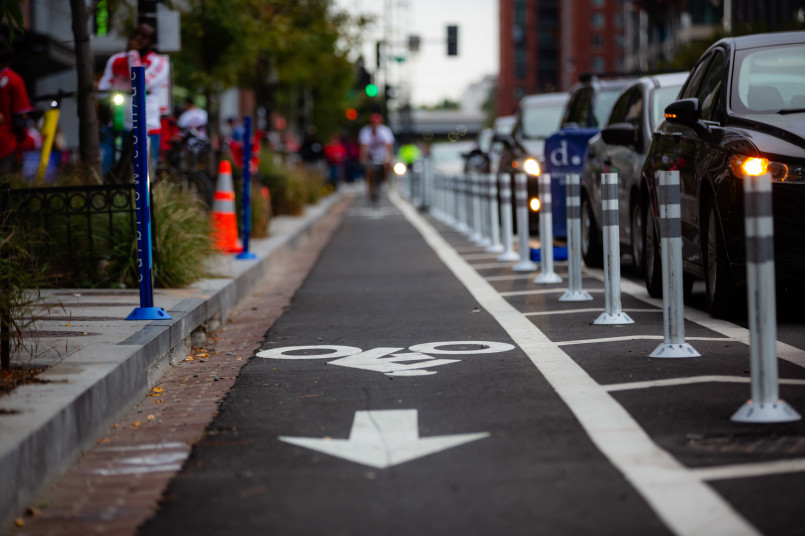
Chicago, Illinois
Chicago has made remarkable strides in bicycle infrastructure, particularly over the past decade. The city's signature achievement is the Lakefront Trail, an 18.5-mile path along Lake Michigan that serves as both a transportation corridor and recreational amenity.
Chicago's ambitious Streets for Cycling Plan 2020 has guided the implementation of over 200 miles of bike lanes, with a growing network of protected facilities. The Divvy bike share program is one of the largest in the country, with thousands of bikes available across the city.
Chicago has pioneered several innovative infrastructure solutions, including bicycle-specific traffic signals and protected intersections. Despite harsh winters, the city maintains a dedicated cycling population year-round.
Austin, Texas
Austin stands out as the South's most bike-friendly large city, with a growing network of high-quality infrastructure. The city's crown jewel is the Ann and Roy Butler Hike-and-Bike Trail circling Lady Bird Lake in the heart of downtown.
Austin's 2014 Bicycle Master Plan has guided the implementation of protected bike lanes on key corridors throughout the city. The MetroBike system provides bike sharing options, while numerous bike shops and cycling clubs support the community.
The city hosts several major cycling events, including the Texas Mamma Jamma Ride and numerous community rides. Austin's mild winters allow for year-round cycling, though summer heat presents its own challenges mitigated by an increasing number of shaded routes.
New York City, New York
Perhaps the most dramatic transformation has occurred in New York City, where cycling was once considered dangerous and impractical but now thrives. Under recent administrations, NYC has added over 500 miles of bike lanes, with an increasing focus on protected facilities.
The Citi Bike program is the largest bike share system in the United States, with tens of thousands of bikes and hundreds of stations across multiple boroughs. Major projects like the protected bike lanes on Queens Boulevard - once known as the "Boulevard of Death" - demonstrate the city's commitment to cyclist safety.
NYC's cycling community benefits from car-free hours in Central Park and Prospect Park, while advocacy groups like Transportation Alternatives continue pushing for further improvements. Despite space constraints and competing demands, New York has proven that cycling can flourish even in America's densest urban environment.
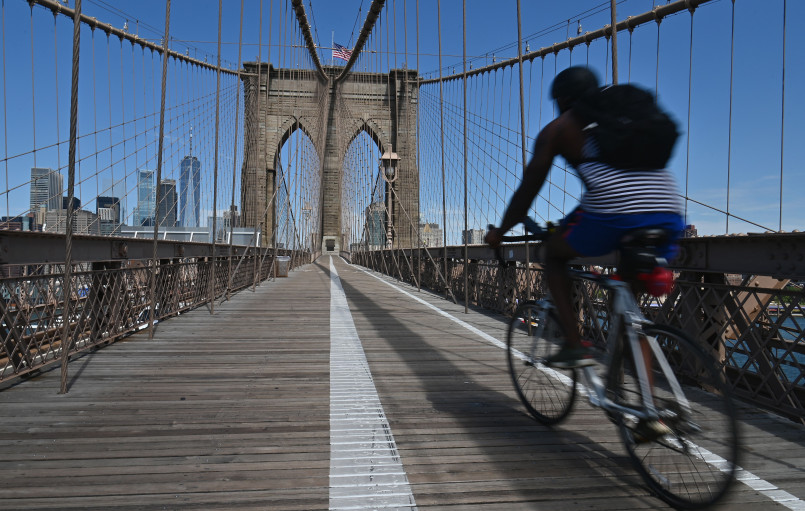
The Future of Bike-Friendly Cities
As more Americans embrace cycling for transportation and recreation, cities across the country continue to improve their bicycle infrastructure and policies. Several trends point to an even brighter future for urban cycling:
- Micromobility integration: Cities are developing frameworks to incorporate e-bikes, scooters, and other small vehicles into transportation networks
- Complete streets policies: Road design that considers all users, not just motor vehicles
- Technology enhancements: Smart traffic signals, bicycle counters, and apps that improve the cycling experience
- Climate action plans: Environmental goals driving investment in non-motorized transportation
- Post-pandemic momentum: The bicycle boom triggered during COVID-19 leading to lasting infrastructure changes
Cities like Detroit, Pittsburgh, and New Orleans - while not yet on this list - are making significant strides that may soon earn them recognition among America's most bike-friendly communities. The competition to attract the economic, environmental, and public health benefits associated with cycling continues to drive improvements nationwide.
Whether you're looking to relocate to a bicycle paradise or simply planning your next cycling vacation, America's bike-friendly cities offer increasingly sophisticated infrastructure and vibrant cycling cultures that make exploring on two wheels better than ever before.
Frequently Asked Questions About 15 Most Bike-Friendly Cities in America for Cyclists in 2024
What makes a city truly bike-friendly?
A truly bike-friendly city combines physical infrastructure (protected bike lanes, off-street paths, secure parking) with policies that prioritize cycling safety and convenience. The most successful bike-friendly cities also have strong cycling communities, bike-supportive businesses, integration with public transit, and education programs that encourage cycling across demographics.
Which U.S. city has the highest percentage of bicycle commuters?
Davis, California consistently ranks as having the highest percentage of bicycle commuters in the United States, with approximately 20% of residents regularly commuting by bike. This college town has been investing in bicycle infrastructure since the 1960s and features innovations like bicycle-only roundabouts and traffic signals specifically for cyclists.
How do bike-friendly cities handle winter weather?
Cities like Minneapolis and Madison maintain bikeability during winter by prioritizing snow removal on key bicycle routes, sometimes even before clearing motor vehicle lanes. They utilize specialized equipment for plowing narrow bike lanes and apply environmentally friendly de-icing materials. Many winter-savvy cities also promote education on winter cycling techniques and appropriate gear.
Are bike-share programs available in all these cities?
Yes, all the cities listed have some form of bike-share program, though the scale and technology varies. Major systems include Citi Bike in New York, Divvy in Chicago, Capital Bikeshare in Washington DC, and Nice Ride in Minneapolis. Most have evolved to include app-based unlocking, electric-assist options, and integration with public transit payment systems.
How can I find the best cycling routes when visiting these cities?
Most bike-friendly cities offer official bike maps (digital and physical) through their transportation departments. Apps like Strava, Komoot, and Google Maps provide cycling-specific navigation and can show popular routes. Local bike shops are excellent resources for route recommendations and insider tips, while city-specific cycling forums and social media groups can connect you with local knowledge.
What's the economic impact of becoming a bike-friendly city?
Research shows significant economic benefits to bike-friendly infrastructure, including increased property values along cycling corridors (up to 9% in some studies), higher retail sales near protected bike lanes, reduced healthcare costs from increased physical activity, decreased transportation costs for residents, and tourism revenue from bicycle travelers who tend to stay longer and spend more than average tourists.
Which cities are making the most rapid improvements for cyclists?
New York City, Austin, and Chicago have made some of the most dramatic improvements in recent years. New Orleans, Pittsburgh, Detroit, and Memphis represent emerging bike-friendly cities with aggressive new infrastructure plans. Many cities accelerated bike improvements during the COVID-19 pandemic, implementing quick-build protected lanes and slow streets programs that have become permanent.
How do e-bikes fit into bike-friendly city planning?
E-bikes are increasingly embraced by bike-friendly cities as they extend cycling range, make hills manageable, and appeal to people who might not otherwise cycle. Cities like Seattle, San Francisco, and Austin have adapted infrastructure to accommodate e-bikes' higher average speeds, while many bike share systems now include electric options. Some cities offer e-bike purchase incentives as part of climate action plans.
